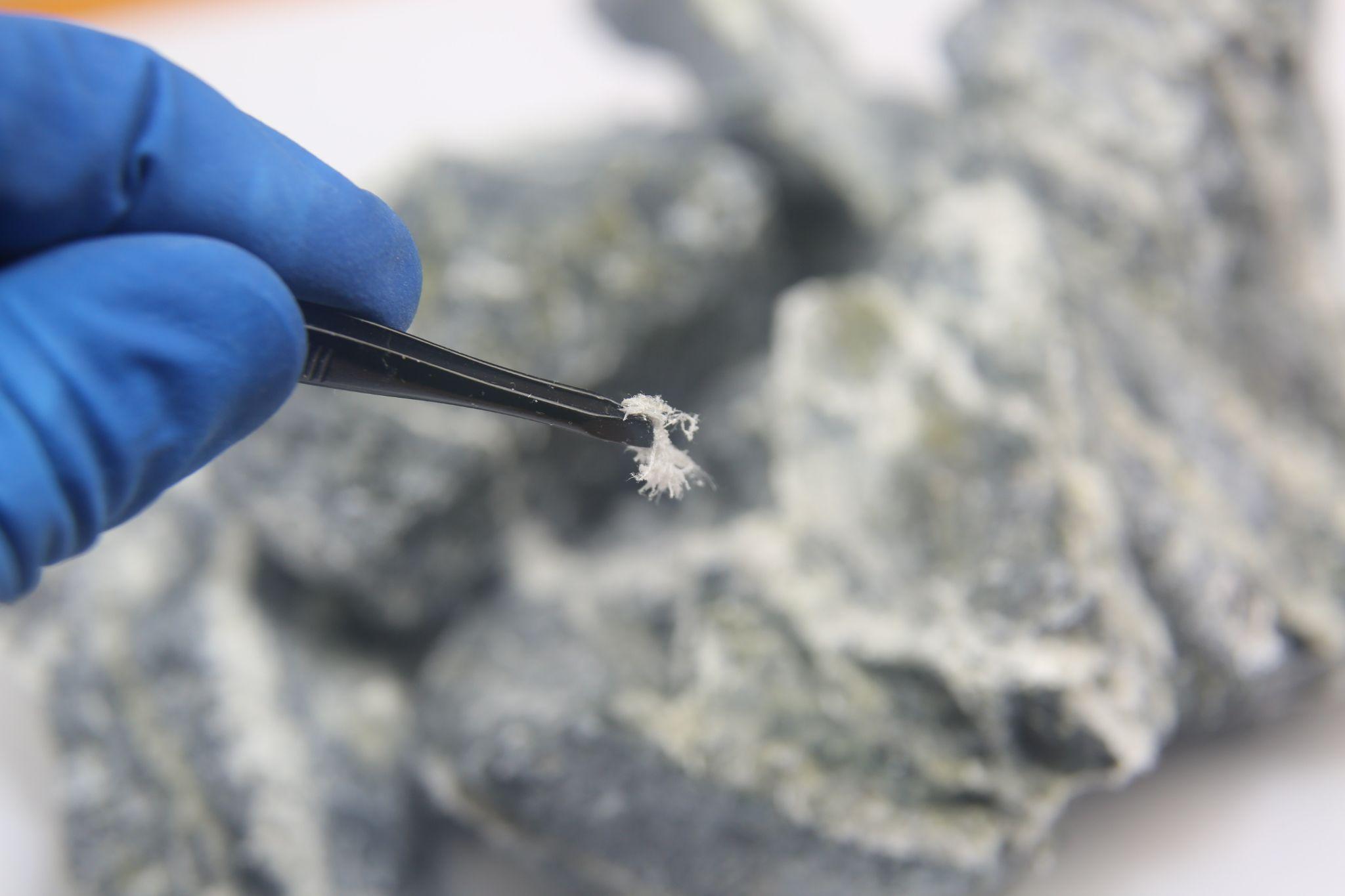Asbestos exposure has long been a concern for workers in the maritime industry. Rather than an 8-hour workday, they’re in potentially contaminated environments 24 hours a day, often for indefinite periods of time. If you or a loved one is experiencing an asbestos-related illness, you may have questions, such as “Can I sue for asbestos exposure?” or “How do I get or afford much-needed care?”
Crew members of supply boats, tankers, freighters, towboats, barges, fishing vessels, semi-submersibles, and oil rigs work and live in confined areas, so are most vulnerable. Affected employees can file a lawsuit to get compensated. Yet maritime law is complex, and you need an experienced attorney to win a case.
What Is Asbestos?
Asbestos is a group of minerals known for their heat-, fire-, chemical-, and corrosion-resistance. Many have been chemically altered to further enhance these properties. Since the mid 20th century, asbestos has often been used to insulate pipes and improve building materials. Workers exposed to asbestos are often individuals in the construction industry, those involved in the manufacture of asbestos products, and those who perform ship repair, construction, and decommissioning (therefore, asbestos in shipyards is also a problem).

Why Asbestos Is Hazardous
Asbestos fibers are very small. Most are too minuscule to see without a microscope. Once inhaled, these fibers cannot be removed, and most won’t break up or dissolve. Instead, they can lead to a buildup of scar-like tissue in the lungs. This is known as asbestosis, or pulmonary fibrosis, which can cause a decline in lung function.
Asbestos-related disease symptoms may not manifest for 15 to 40 years after exposure. Asbestosis often doesn’t occur for 20 years after exposure and results in a thickening and scarring of lung tissue. Mesothelioma, a type of nodular cancer that lines the lung or stomach cavity, may not appear for 25 to 30 years.1 It can be caused by any type of asbestos fiber.
Where Can Asbestos Be Found in the Maritime Industry?
There are six fibrous materials referred to as asbestos. These include blue asbestos (crocidolite) and brown asbestos (amosite), which are not only the most commonly used types found on ships, but the most toxic types of asbestos. To make matters worse, they were traditionally sprayed onto pipes, bulkheads, and other components. Spraying is the most unsafe way to apply asbestos. The risk of exposure dramatically increases because the process makes the material more brittle and powdery.
Most ships built before the 1980s were constructed with asbestos-containing materials (ACMs). The U.S. Navy started using asbestos materials on ships in the early 1900s; it created a specification to require its use on submarines in 1922. Today, ACMs are banned in 54 countries.1 Poor ventilation and the fact that vessels on open water are constantly moving and subject to up, down, and sideways motions mean asbestos fibers are stirred up and ship crews are susceptible to inhaling or swallowing them.
Where ACMs Are Found on Ships
In addition to insulation, asbestos on ships was used for gaskets, tape, and packing and to insulate boilers and incinerators. It’s also been used for:
- Sprayed insulation, panels, and blankets to insulate bulkheads and decks
- Sandwich type wall and ceiling panels
- Floor tiles and floating floors
- Adhesive-like glue and fillers
- Fastening insulation around valves and pipes
- Insulating pipe/cable penetrations
- Textile fabric in HVAC ducts to dampen vibration
- Exhaust duct insulation
- Vanes in rotary vane compressors and vacuum pumps
- Insulating electric cable and fuses
- Sealing putty and other sealing materials
Asbestos in ships tends to be found in unventilated places. These often include between partition walls, behind partition walls in front of bulkheads, between ceilings and upper decks, between floating floors and decks, and inside escape trunks. Friable ACMs pose the greatest problem when dry, as they easily crumble and become a powder even if touched by hand. By comparison, non-friable ACMS are more compact and typically become friable only when cut, ground, drilled, sanded, welded, or burned.
Benefits of the Jones Act for Asbestos Exposure
The Jones Act, otherwise known as the Merchant Marine Act of 1920, enables maritime workers who are injured while working at sea to file asbestos exposure lawsuits and other claims against their employers. On this level, it serves as an extension of the Federal Employer’s Liability Act (FELA). The Jones Act was primarily established to support a merchant marine to carry out commercial activity and provide naval support at times of war or a national emergency.
Under the Jones Act, plaintiffs have the right to a lawsuit or jury trial in a state court or federal district court. This applies to workers engaged in various types of maritime activities, including those on oil rigs. Here, asbestos exposure was common between the 1960s and 1980s, as the mineral was often used as an additive to mud to increase viscosity in wells. Asbestos was often combined with bentonite, a substance that can cause kidney, immune system, and neurological damage.
Options for Maritime Workers Exposed to Asbestos
The Jones Act provides legal rights to plaintiffs in challenging circumstances, including:
- Asbestos mud and ACMs are no longer used by U.S. shipbuilding and offshore companies, but related illnesses often aren’t diagnosed until decades later. Affected maritime workers exposed to asbestos while employed on vessels or offshore facilities can pursue negligence claims against their employers.
- Many large manufacturers of asbestos products have declared bankruptcy or gone out of business. However, the Jones Act permits maritime workers to sue an employer if its negligence contributed to their asbestos-related illness or injury. This is possible even if the maritime or oil company changes its name or ownership.
An employee can use the Jones Act to file an asbestos exposure lawsuit if an employer fails to make the vessel a safe place to work and live, provide adequate medical care, or comply with a safety statute, resulting in their injury/illness. Conditions that lead to physical injury are also basis for the Jones Act. The law applies to anyone involved with a vessel’s navigation, function, or mission.
In general, a Jones Act claim must be brought within three years of an injury—but with exposure to asbestos on ships and other maritime locations, the plaintiff often isn’t impacted for decades. That’s why it’s important to have a skilled attorney who is familiar with every aspect of maritime law.
Contact a Maintenance and Cure Lawyer
The Maintenance and Cure Lawyers of Schecter, Shaffer & Harris, L.L.P. can determine if Jones Act liability applies to your case. If not, they can see whether you’re eligible for Maintenance and Cure or maritime remedies paid in addition to negligence or unseaworthiness claims. You can also sue an employer for just maintenance or cure (medical expenses) if an employer refuses to pay both.

If you have an asbestos-related illness and believe you were exposed due to a maritime company’s negligence, or were otherwise injured while working offshore, contact us at info@smslegal.com or call 800-836-5830.
Source:







